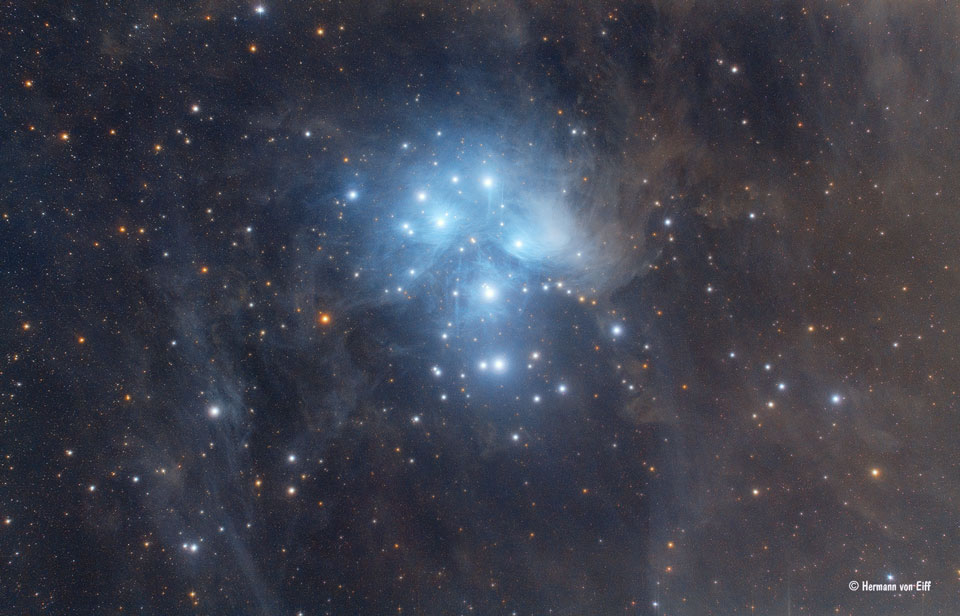

Other telescopes, including the Hubble Space Telescope, have previously examined the Cartwheel. SIGN UP FOR SPACE COAST DAILY NEWS TEXT ALERTS HERE: As this ring expands, it plows into surrounding gas and triggers star formation. On the other hand, the outer ring, which has expanded for about 440 million years, is dominated by star formation and supernovas. The bright core contains a tremendous amount of hot dust with the brightest areas being the home to gigantic young star clusters. Because of these distinctive features, astronomers call this a “ring galaxy,” a structure less common than spiral galaxies like our Milky Way. These two rings expand outwards from the center of the collision, like ripples in a pond after a stone is tossed into it. The Cartwheel Galaxy sports two rings - a bright inner ring and a surrounding, colorful ring.

The collision most notably affected the galaxy’s shape and structure.

Collisions of galactic proportions cause a cascade of different, smaller events between the galaxies involved the Cartwheel is no exception. Its appearance, much like that of the wheel of a wagon, is the result of an intense event – a high-speed collision between a large spiral galaxy and a smaller galaxy not visible in this image. The Cartwheel Galaxy, located about 500 million light-years away in the Sculptor constellation, is a rare sight. This image provides a new view of how the Cartwheel Galaxy has changed over billions of years. NASA, on August 30 scrubbed the mission launch for the first time owing to technical glitch with one of the SLS rocket's engines.Webb’s powerful infrared gaze produced this detailed image of the Cartwheel and two smaller companion galaxies against a backdrop of many other galaxies. Meanwhile, the US space agency was recently in the news after it decided not to attempt the launch of the Artemis I Moon mission in early September as the teams were reviewing options after two failed attempts.Īfter standing down on Artemis I's second launch attempt on Saturday, when engineers could not overcome a hydrogen leak in a quick disconnect - an interface between the liquid hydrogen fuel feed line and the Space Launch System (SLS) rocket - mission managers met and decided they will forego additional launch attempts in early September. "Is this for real?" "I cannot believe it could be this beautiful." were some of the many comments on the post. Stars make up the entire image but are more concentrated in the center," the post adds. The stars are of varying temperatures, distances, and sizes, with some points of light appearing larger than others. "A Hubble Space Telescope image of a glittering star cluster in the Large Magellanic Cloud. In addition to this, the caption also shared details about the photo. We stand upon the shoulders of giants-to go farther than humanity has ever been. Our mission is about sustainable science and the advance of the human spirit-to expand what's possible and our collective understanding. Exploration is a team effort, and we go together. We salute the pioneers, the star-sailors, the thinkers, the visionaries, the doers. "This Labor Day, we thank all those who help us unfold the universe and expand our knowledge for the benefit of humanity. To mark the day, NASA posted a photo of a glittering star cluster from the universe and the photo taken by Hubble Space Telescope was worth a million stars. The space agency took to social media to acknowledge all those who have contributed to the many discoveries it has been credited for. NASA is celebrating Labor Day in the most unique way possible. Follow us on Image Source : INSTAGRAM/NASA Photo of star cluster


 0 kommentar(er)
0 kommentar(er)
